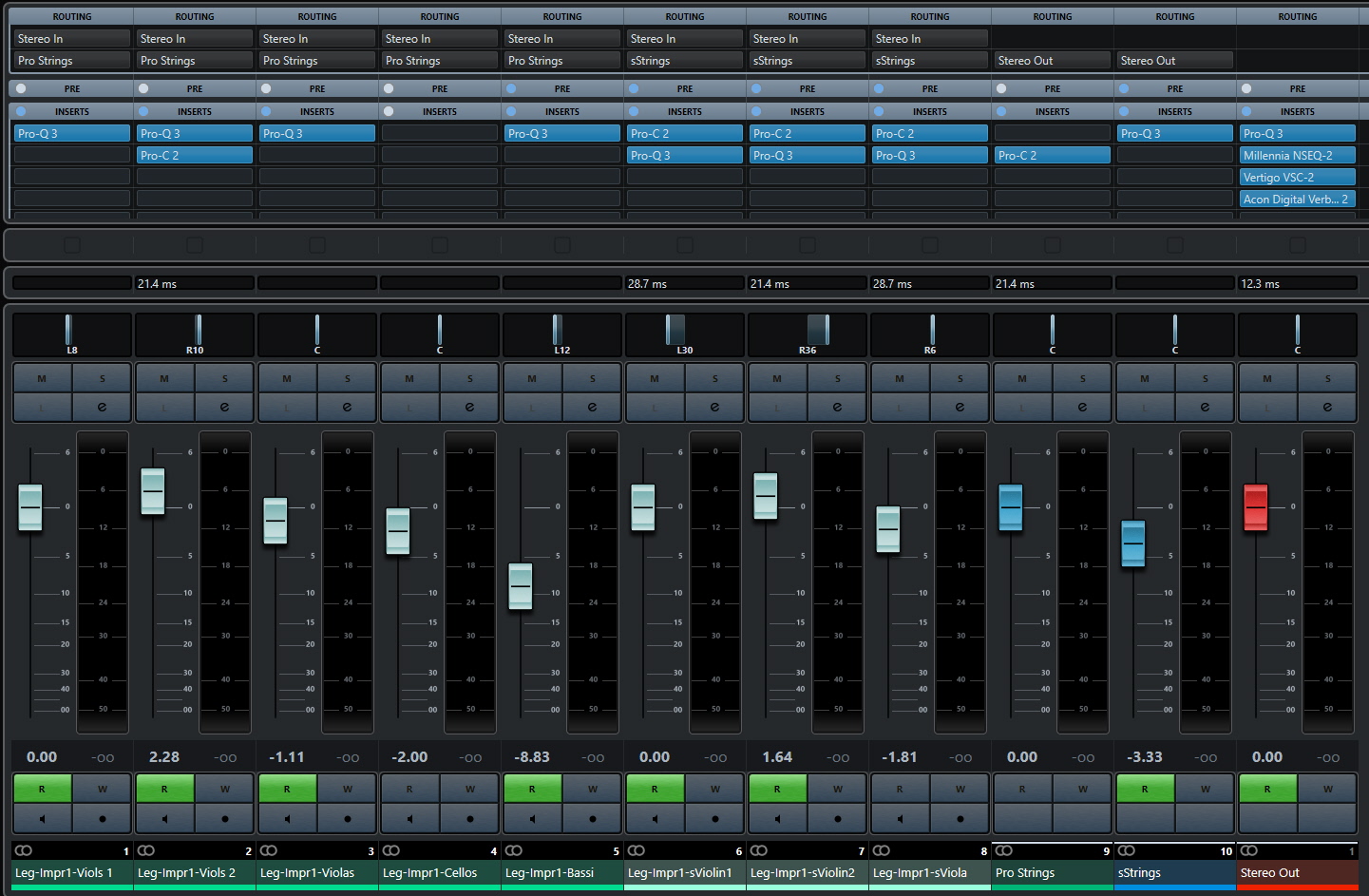I produced a video...
How to enhance (improve) the legatos of newer string libraries?
Have fun
Beat
Laying first chairs has always been a good addition, but doesn't solve the problem.
I've spent a long time with the legatos (maybe too much :D) and come to a new conclusion:
The playability is indeed different as in the VI libraries, more instant, more direct, and – neglecting the delay I mentioned earlier – the only thing I miss is a fast legato (and not a slower one). As said, the agile legato is useless for me and can only be used for very fast movements or runs. The normal legato (I'm talking about Elite Strings here) is indeed quite "long", but it should only be used at a specific (i.e. slower) tempo. If you play faster we need a faster legato with different attacks and shorter transitions, like in Synchron Strings I and all of the VI libraries. This is missing across the whole Synchron range. Yes, we have the agile legatos, but I miss a fast legato without these out-of-tune, portamento-ish transitions which is described as a new approach by VSL. Please, VSL give us the normal fast legatos back and, at least, I will be happy.
As I also said earlier, the fast legatos and performance trills have always been VSL's killer feature and I can't understand that they took a new route. The old ones were perfect. Without "proper" fast legatos it very easily does sound synthetic and midi-ish like in the majority of other libraries on the market, because these also doesn't have fast legatos. But at least, they have some kind of mechanism that alters the transitions via your playing speed.
